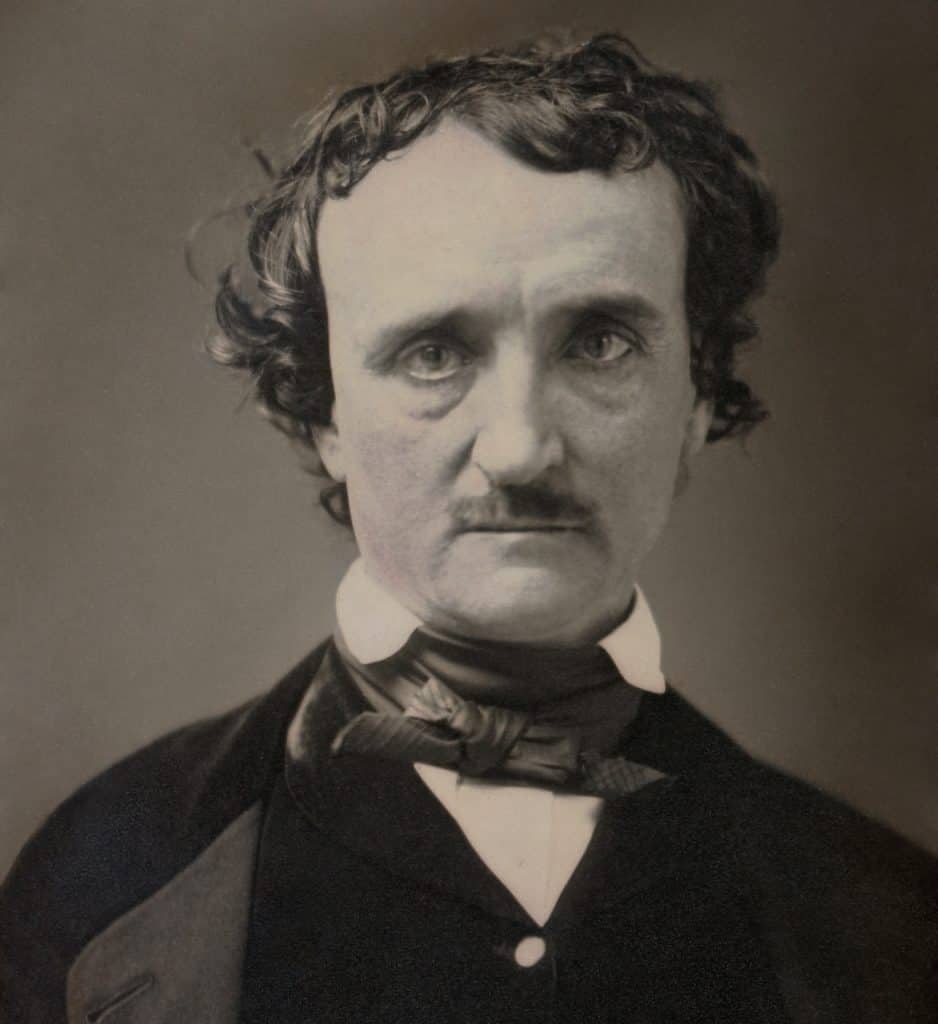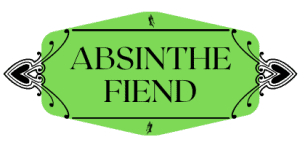Absinthe has a complicated history in the United States.
It was first introduced to America through New Orleans in the early 1800s, and quickly became popular among artists and intellectuals. However, it was banned in 1912 due to concerns about its alleged hallucinogenic properties.
This ban remained in place until 2007, when absinthe was legalized again.
Today, New Orleans is home to one of the most active absinthe cultures in the world, and American distilleries are producing some of the finest absinthes ever made.
So maybe complicated is a bit of an understatement…
But what’s a good story without a little drama, right?
The Green Fairy Comes to America
As absinthe grew in popularity throughout Europe, it was only a matter of time before the Green Fairy travelled across the Atlantic to America.
It comes as no surprise that the earliest traces of absinthe in the US can be traced to one famous city: New Orleans.
As a French cultural hub in the States and major port, the Green Fairy arrived to a fair reception in the early 1800s.
Advertisements for “absynthe” from 1837 show a rise in absinthe’s popularity in New Orleans. However, records show it being imported and sold 11 years earlier by an establishment that is now known as the Old Absinthe House. (Yup! It’s still in business!)
Finding a home in New Orleans, absinthe began to take on an entirely new life in the United States. New and timeless cocktails were created like the Sazerac in 1838 and the Absinthe Frappé in 1874 just to name a couple.
Also Read: The Styles of Absinthe: French/Swiss vs Czech/Bohemian
Additionally, countless famous names would be introduced to absinthe during this time. Americans like Edgar Allen Poe, Mark Twain, O. Henry, and Walt Whitman are just a few famous names. Meanwhile, Europeans like Oscar Wilde and Aleister Crowley would also experience absinthe a la New Orleans.

By the mid-late 1860s in the era following the Civil War, absinthe became even more popular. The Parisian method of preparing absinthe began to catch on.
Especially for a large city in the South, absinthe provided a distraction from the miseries of the Civil War.
It was fancy, hypnotic, and very potent.
Recommended: How to Properly Prepare Absinthe (Beginner Friendly Guide)
The U.S. Bans Absinthe
Absinthe was banned in the US in 1912 just a couple of quick years after it was banned in Switzerland. Note that this was also just 8 years before Prohibition would ban all alcohol in the country.
For the Green Fairy, it was a perfect storm.
By 1880, rumors and fake science spread by the anti-absinthe movements in Europe had also gained traction in the US. On both sides of the Atlantic, doctors published reports about the various (false) side effects of consuming absinthe.
The list included epilepsy, hallucinations, general madness, and death. Some of these legends are even still argued to this day!
Combining the anti-absinthe sentiment with the growing Prohibitionist movement in the United States, the Green Fairy was an easy target.
Absinthe was even called “the green curse of France” by a writer for Harper’s Weekly in 1907.
Countries including Canada, Germany, Brazil, and Argentina had already banned the drink. The US was committed to being the next to stop all consumption of absinthe.
While Prohibition would make all alcohol illegal, there was something even more alluring about how especially illegal absinthe was. Even when Prohibition finally ended in 1933, absinthe was still banned!
Was the Green Fairy doomed to fade into oblivion?
As it turns out, her story was just beginning…
Related: Can Absinthe Kill You? [Debunking the Fatal Myth]

Making Absinthe Legal Again
Absinthe had become the stuff of legend. It was heavily featured in art, literature, and even some recipe books such as Ernest Hemingway’s famous Death in the Afternoon cocktail.
In the late 1980s and early 1990s, some Americans and Europeans would encounter this mysterious elixir in Prague. With the added flair of lighting it on fire (here’s why that’s a big no-no!), it was becoming a big deal.
As Czech absinthe began to grow in popularity, so did the desire to make absinthe legal again.
This was no small feat!
In order to get absinthe legalized in the US, a massive amount of research had to be conducted to prove that absinthism (the so-called side effects of absinthe) did not exist.
Absinthe was made legal in the United States once again in 2007 after nearly a century of being banned.
A great deal of credit for this is owed to New Orleans native, Ted Breaux.
As a chemist who painstakingly began reverse-engineering preserved bottles of absinthe, Breaux was a driving force in the relegalization of absinthe in the United States.
In fact, his research led to the creation of Lucid Absinthe Superieure which would quickly begin appearing on store shelves across the country shortly after absinthe was legalized again.
While it’s still not as mainstream as other liquors, absinthe is making a comeback with new brands and cocktail recipes constantly appearing.
Quality absinthes are being distilled in the US and imported from Europe as the Green Fairy begins to enchant a whole new generation all around the world.
Related: How to Properly Store Your Absinthe
Conclusion – Absinthe in the United States
Absinthe may have a distinctly European origin and reputation, but its truly found a welcoming home in the United States as well.
It took some time and there may have been some misunderstandings along the way, but the Green Fairy is here to stay!
After all, it seems like every year a new recipe is released from American distillers that preserve what absinthe is while reimagining what it can be.
As for New Orleans, it will always be known as the city that kept the Green Fairy alive during her darkest hour. In fact, I’ll be doing a special article on that fun bit of absinthe history in the near future!

